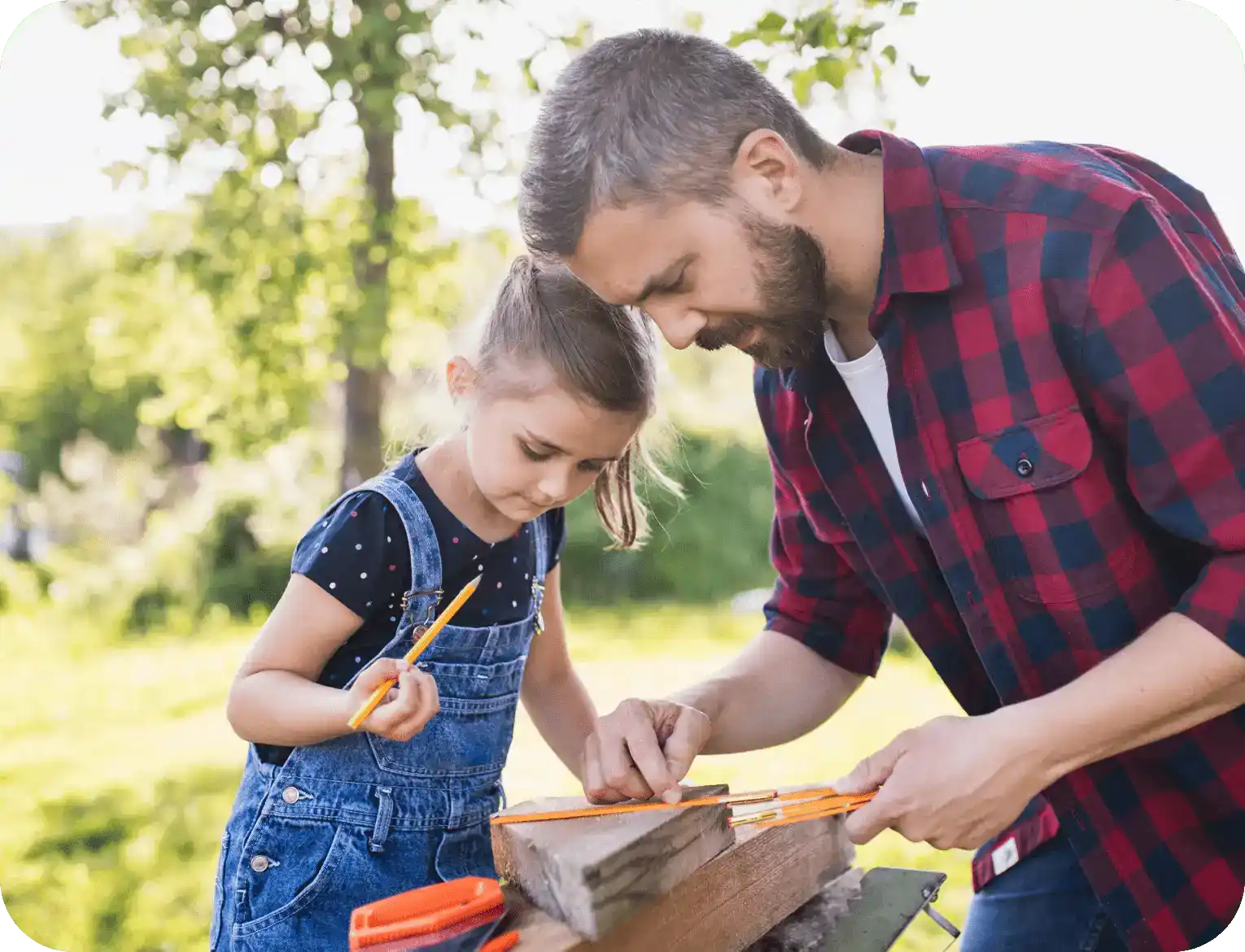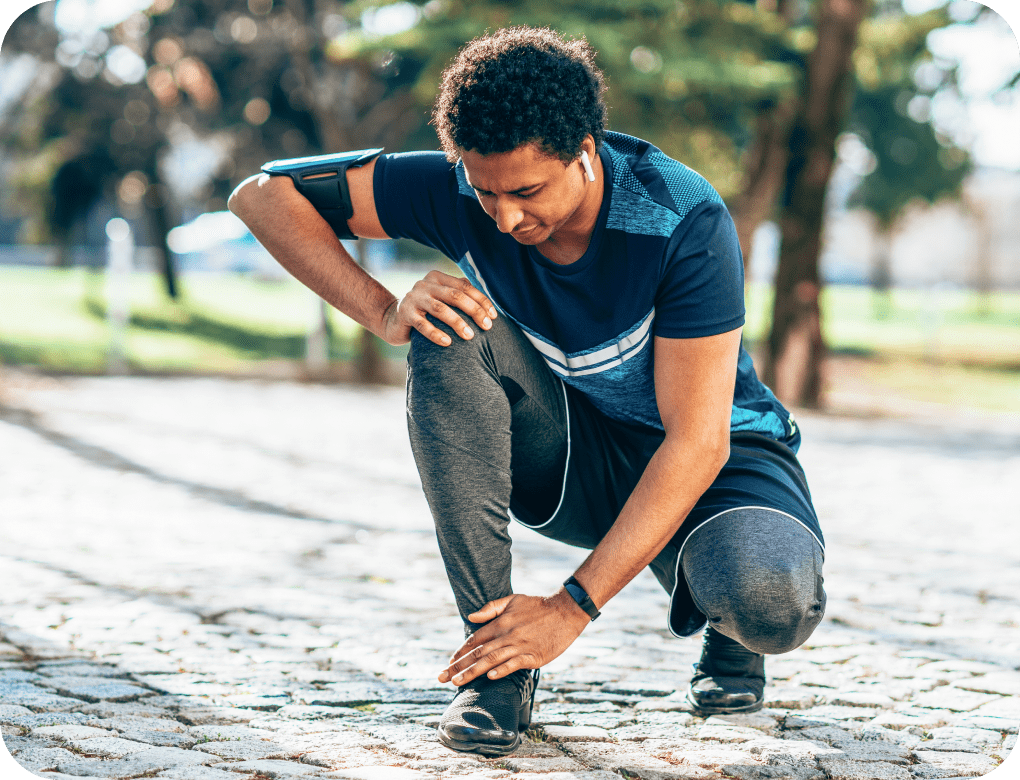Splinters: How to Remove & Treat

When tiny slivers of wood, glass, or metal lodge in or under the skin, they can cause redness, swelling, and pain, and can become infected. Small splinters that don't hurt can be left to work themselves out.
Here’s how to remove splinters and treat them to avoid infection:
Wash hands with soap and water.
Wipe the tweezers, needle, and area around the splinter with antiseptic and then dry.
Loosen skin around the splinter with a needle. Then use tweezers to remove it. (If splinter breaks or is deeply lodged, see a medical professional.)
Apply antibiotic ointment and cover with an adhesive bandage.
Treating & Caring for Sprains

Injuring the soft tissue around a joint can cause swelling, discoloration, and tenderness or pain. Here’s how you can treat a sprain effectively to help it heal faster:1
Take all the pressure off it—so no walking if it’s a knee, foot, or ankle sprain.
Ice it for 15 minutes to an hour. Don’t apply ice directly to the skin or submerge in icy water; wrap it in a towel or use an ice pack.
Use a wrap to compress the area around the sprain, though not too tight.
Elevate the sprain above the heart if possible to help minimize swelling.
If pain persists for more than two or three days, consult a doctor.



